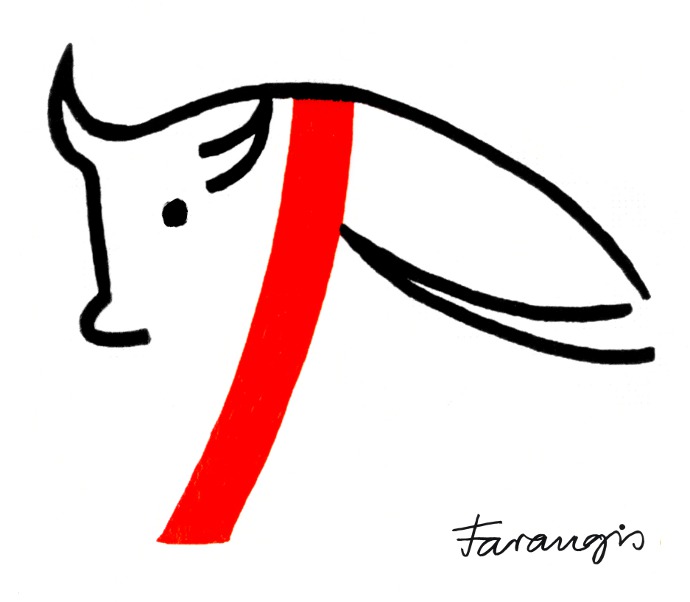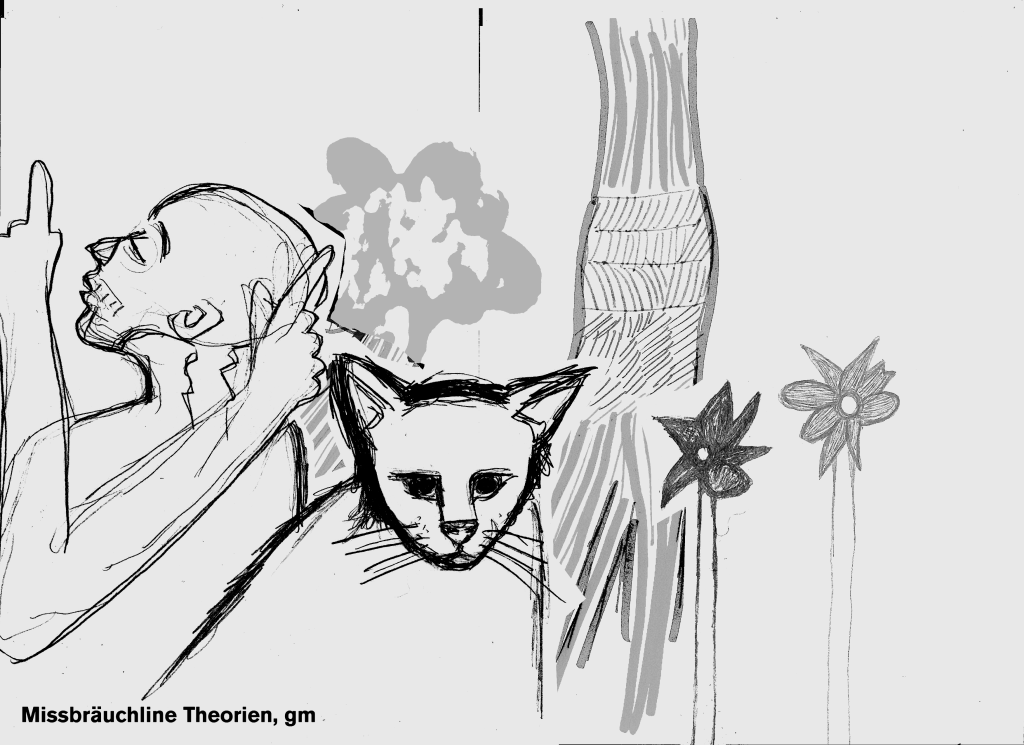Missbräuchliche Theorien spiegeln problematische Weltbilder. Abusive theories mirror problematic worldviews. #languagediversity on #epistemicbiologismContinue readingMissbräuchliche Theorien
Totalliberation has a funny logic: you cling human ‘liberation’ to animal ‘liberation’. So you compare your problem to that of nonhumans. Yet again when you compare problems of nonhumans to humans, in the specifics, then this gets vehemently dismissed as being against humanrights. I wonder if ‘liberation’ comes in degrees depending on what someone thinks…Continue readingA totalliberation problem
Klangstück “Lebe für antibiologistischen Antispeziesismus” Link zur der MP4-Datei: Lebe für antibiologistischen Antispeziesismus.Continue readingLebe für antibiologistischen Antispeziesismus
“Warum mag ich iitsch nicht … ” Link zur der MP4-Datei: Devoid 3. Warum befasst sich der Großteil der Tierrechtsszene nicht mit dem Thema Speziesismus in der Kunst? Welche Fragestellungen in Hinsicht auf das Mensch-Tier-Verhältnis und die erfahrene Realität von nichtmenschlichen Tieren werden hier gemieden? Thema: Ästhetik und Antispeziesismus.Continue readingAntispekunst 1
Gerda Fischbach http://artscience.uni-ak.ac.at/people?personen_id=1516014703778 This page is full of extreme speciesist art http://artscience.uni-ak.ac.at/people/role/team http://artscience.uni-ak.ac.at/activities FLESH First of all, the meat was needed for isolating primary animal cells. Once the animal tissue had been swabbed with ethanol, a tiny section was removed and immersed again in ethanol. http://artscience.uni-ak.ac.at/activities/bioart_ TAXIDERMY “Things that Talk“ – at the Naturhistorisches Museum…Continue readingKunst und Speziesismus: Artscience

